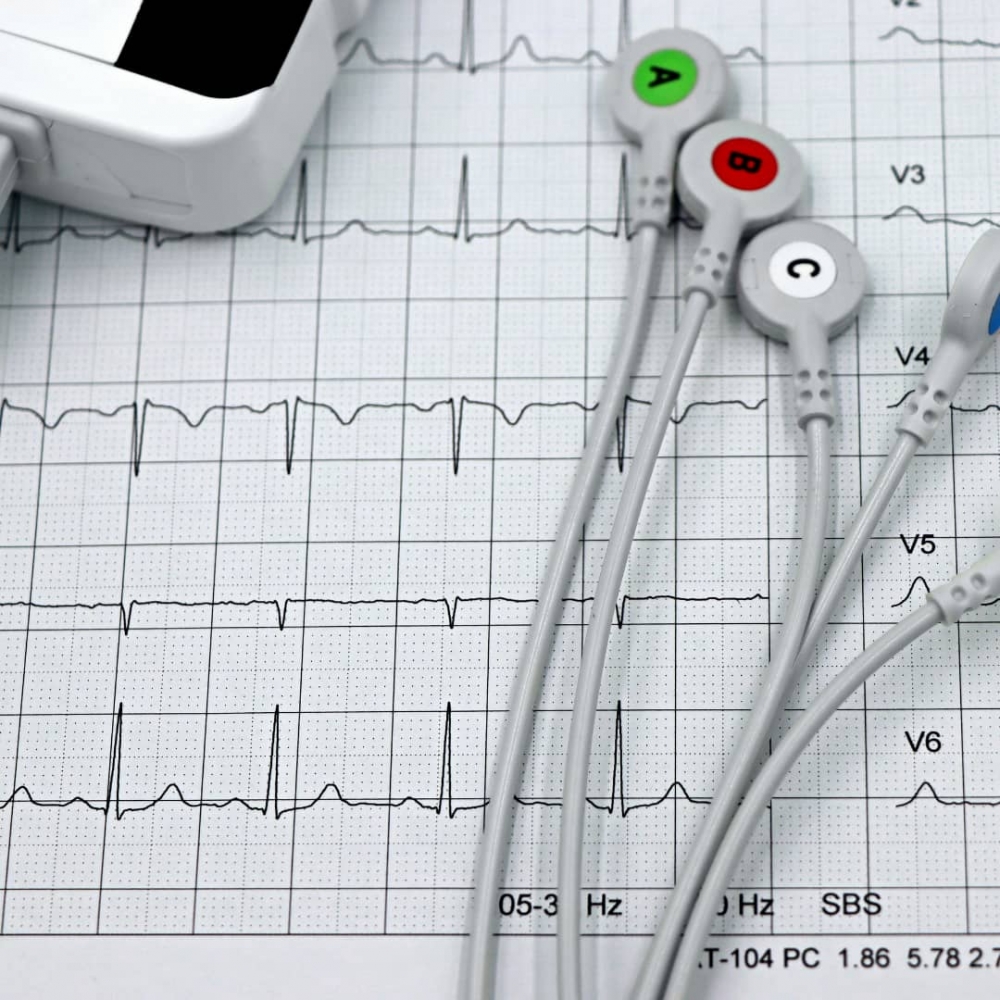Cure for chronic lower back pain

Lower back pain is among the most frequent medical complaints worldwide, with facet joint degeneration being one of the common causes for this condition.
AGEING is an inevitable natural process which everyone will experience.
It is only a matter of time when hair greys while wrinkles and age spots appear on one’s skin.
The human body’s capability to store fluid as it ages will also diminish, causing the spinal discs to shrink and facet joints to degenerate.
In relation to this, lower back pain is found to be among the most common medical complaints worldwide, with facet joint degeneration being the common cause of the malady.
“As the name itself suggests, facet joint degeneration is one of the commonest degenerative disease. There is a chance that everyone may eventually develop this condition,” says Sunway Medical Centre Velocity (SMCV) consultant neurosurgeon Dr Mah Jon Kooi.
“The facet joints in the lumbar spine (lower back) are most susceptible to facet joint degeneration as the lumbar spine bears the most weight and is highly mobile, thus it endures the greatest amount of strain which could lead to wear and tear.”
Dr Mah says facet joint degeneration could be due to ageing, being overweight or obese, poor posture, repetitive bending or twisting, living a sedentary lifestyle, torn ligaments, or enduring trauma such as an accident, fall or sports injury.
“In fact, recently I have many patients in their 30s or 40s as this age group is more prone to facet joint degeneration because they engage in activities such as extreme sports and they tend to hit the gym often for unsupervised heavy weightlifting,” says Dr Mah.

Dr Mah Jon Kooi says recently he is seeing patients in their 30s or 40s because they engage in extreme sports and unsupervised heavy weightlifting.
Fellow SMCV consultant neurosurgeon Dr Gerard Arvind Martin notes that if left untreated, facet joint degeneration can pose a serious threat to a person’s life.
“The very severe cases would be when the spinal cord itself gets pinched. When the spinal cord gets pinched, functions of the spinal cord and the lower limbs could be lost. There is also a chance of paralysis, loss of bladder or bowel function, and numbness of the body.”
He points out that facet joint degeneration is not immediately a serious condition, but rather the chronic changes that come with advancing age which can cause the condition to take on more serious changes in the future – eventually impacting the patient’s lifestyle and ability to perform activities of daily living.
While not everyone with back pain or a pinched nerve must see a doctor instantaneously, and no two patients are the same, says Dr Gerard, there is cause for alarm if facet joint degeneration patients experience sudden weight loss, appetite loss, unexplained fever, bowel or bladder problems, loss of strength in the limbs, sudden inability to walk, prolonged pain that is progressive in nature, and recent history of trauma (family history of cancer, domestic falls, motor vehicle accidents, etc).

Dr Gerard Arvind Martin says facet joint degeneration can pose a serious threat to a person’s life if left untreated.
Both Dr Mah and Dr Gerard note that there is a growing awareness about facet joint degeneration among Malaysians, but many are ignorant of the treatment options available.
Dr Mah says that many people tend to sit on the problem because they believe surgery is the only way to fix facet joint degeneration, which is far from the truth.
“Some patients have lived with the pain for so long that they believe that is how an elderly person would live for the remainder of their life. They don’t know their pain can be alleviated through simple, non-invasive methods,” he says.
Emphasising that treatment is geared towards stability of the spine to ensure proper functioning of the nervous structures, Dr Gerard says treatment can range from simple methods such as oral medications, bed rest and limiting activities, to getting targeted injections which are administered using image guidance techniques.
“These are steroid injections. There’s also the radio frequency ablation injection whereby the current will be passed through the needle that is precisely placed on the bone to target the nerve that supplies the joint.
“This will influence the way the nerve functions, either by coagulating it or changing the way it responds to pain.”
The effects of such injections can last for a few months to a year in accordance with one’s natural degenerative process – meaning there is likelihood for repetitive injections over a period of time.

Steroid injections are given to reduce inflammations, thus influencing how the nerve functions respond to pain and this can alleviate pain for a few months to a year.
Dr Gerard and Dr Mah add that physiotherapy is always included in their patients’ treatment framework, along with simple measures that can be performed at home.
These include keeping one’s weight in control, maintaining proper posture, and observing a healthy lifestyle and diet which includes quitting smoking and drinking – a fond pastime for many.
BackSuggest to Read









